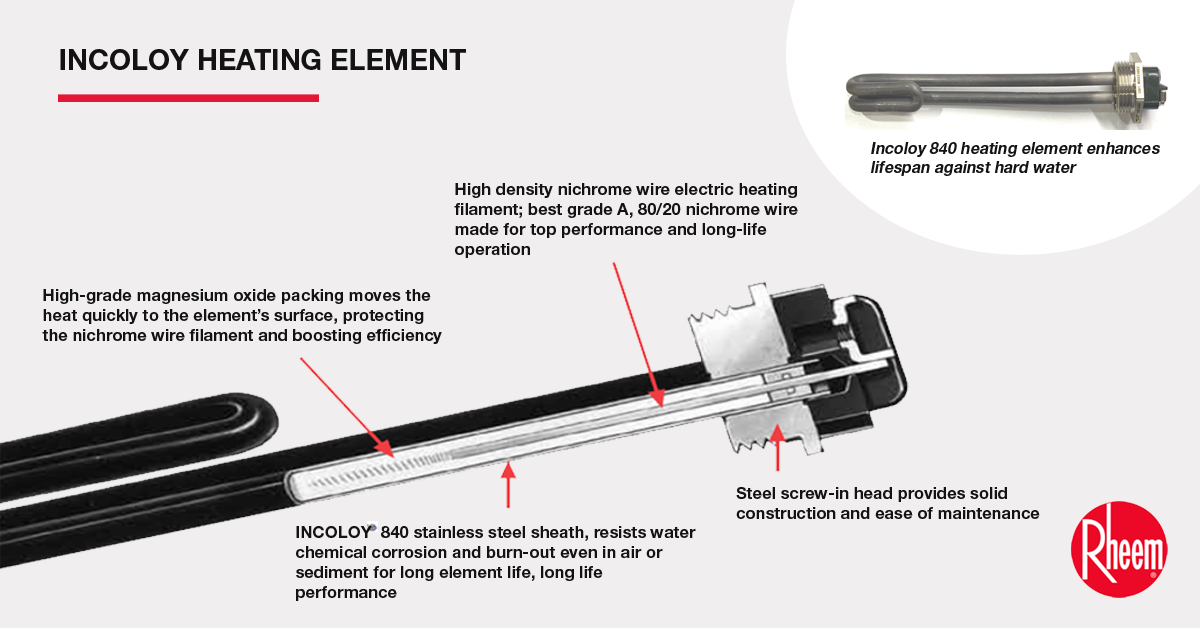- May 23, 2015
- 25,796
- Pool Size
- 16000
- Surface
- Plaster
- Chlorine
- Salt Water Generator
- SWG Type
- Pentair Intellichlor IC-60
Does this increase with acidic water?
pH definitely drives some forms of corrosion and the passivation layer on any steel surface can be compromised by changes in pH. Low pH is typically needed.
What standoffs? The heater surface is grounded at the mounting bolts, the element is isolated within a (ceramic?) coating and protrudes from the ends where the terminals are welded on. The whole mess is sealed with epoxy beneath the terminal.
Where the wire connector and nut screws on to the threaded connection. That should have a good coating of dielectric grease on it ... kind of like how you grease the terminals on your car battery.
This is, quite literally, the standard for spa heaters. They are nearly all like this, and have been for decades. If the heater design were at fault, it would be a universal problem. This is not to say that they do not short out at this location, usually from a leak/seep at the epoxy seal. The same epoxy seal that can be damaged during installation if you don't hold the bottom bolt head on the terminal while tightening the nut.
And this is where a thousand things can go wrong ... just because it was built at the factory doesn't mean Gomer on the assembly line wasn't having a bad day and torqued down on the nut a little too hard or when Junior was installing the assembly (while listening to loud music with his AirPods in and texting his girlfriend) that he didn't bang into connection with his power driver ... I'd pay YOU $200/hr to do the job because I'm pretty sure you'd do it right ... as for some of the bozo's that get sent out to my home to do repairs or installs, uhhhh, I'm not sure they shouldn't being paying ME for telling them which end of the screwdriver to use ....







